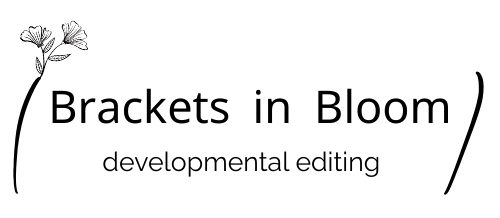Self-editing is like trying to look at Paul Klee’s Fish Magic through a fogged-up window. You’re in your story so deep, you can’t step back to see it clearly. The details are a blur, and it’s very hard to find the flaws when you’re lost in the narrative. You need distance to see what needs to change. It’s like being both the builder of a house and the first to live in it: You know every creak and every corner so well that it’s hard to spot where it needs fixing.
The Weight of Writing
What complicates self-editing is emotional investment. To write a story, you must give not just skill, but a piece of your heart. This connection can cloud judgment. When you are too close to your story, you overlook mistakes and inconsistencies. In the rush to get ideas down, you might skip the details. Your focus shifts away from grammar and structure, like a traveller on a well-known road who no longer notices the bumps.
Strategies for Effective Self-Editing
The first step the writer needs to take before entering the self-editing labyrinth is to create distance between writing and the process of editing. Let time pass. It clears your mind and sharpens your view. It’s like stepping back from your canvas to look at your work more clearly, so you can see the flaws and the beauty in a new light. Days or weeks will give you the distance you need for clarity. Reading aloud can also change everything; when you hear your words, it’s easier to catch inconsistencies or awkward phrasing that might go unnoticed in silence.
If you change the way your work looks, you can trick your brain into seeing it fresh. Print it out, change the font, or play with the margins. These are simple alterations, but they can reveal mistakes and areas for improvement that you haven’t spotted before. Create a self-editing checklist, it can serve as another great tool to traverse plot holes, character arcs, and the intricacies of grammar. It will be a clear roadmap through the diverse landscapes of your manuscript: nothing important will slip through the cracks and your story can reach its true potential.
Finally, a trusted reader can expose parts of your work that are hiding from you. An outside perspective can offer valuable insights and serve as a compass through the tangled details of your narrative.
Self-editing is a delicate dance between the familiar and the objective, it’s an art in its own way. It requires patience and a keen eye. As you step back and shift your perspective, you can use practical techniques to refine your writing and let the clarity of each word resonate deeply. Think of this process as a partnership with your manuscript to allow your story to come to life in all its beauty.

